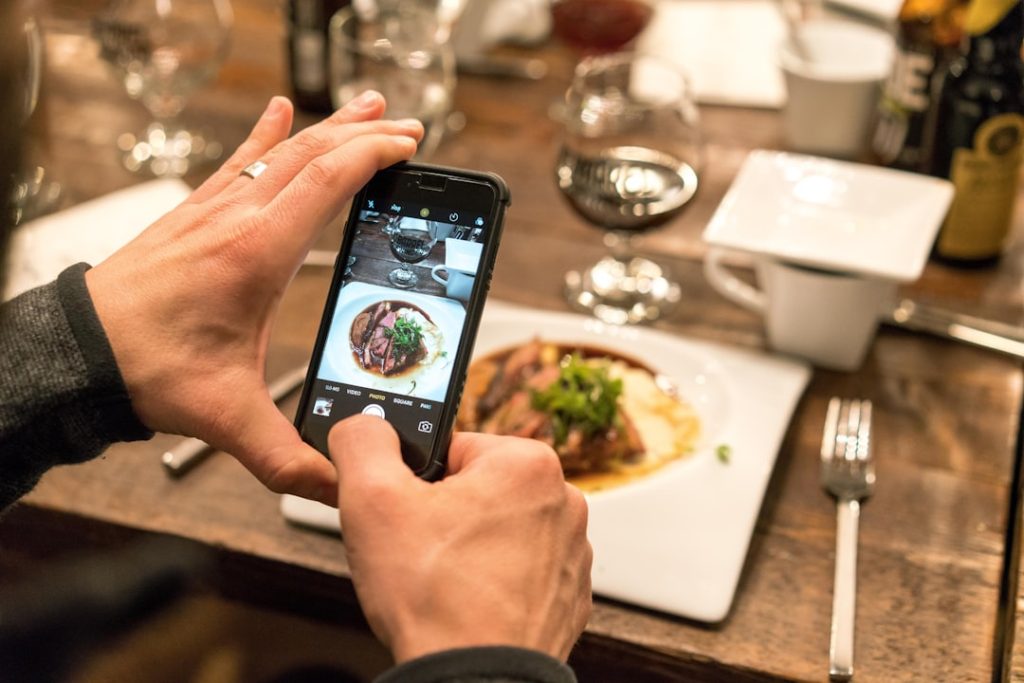In today’s world, if your restaurant isn’t online, it’s missing out on a huge slice of the customer pie. Digital marketing isn’t just a nice-to-have; it’s essential. It’s how you connect with hungry customers, build a loyal following, and keep your tables full. So, how exactly can restaurants use digital marketing to attract more business?
Build a Mouthwatering Website
Your website is your digital storefront. It’s often the first place people go to check you out. Make sure it’s visually appealing, easy to navigate, and mobile-friendly. Include high-quality photos of your dishes, your menu, your location, hours, and a way to make reservations or order online.
Key Website Elements:
- Online Ordering: If you offer takeout or delivery, make it easy for people to order directly from your website.
- Menu: Keep your menu up-to-date and easy to read. Consider offering a downloadable PDF version.
- Reservations: Integrate a reservation system so customers can book a table online.
- Contact Information: Prominently display your phone number, address, and email address.
- Blog: A blog can attract organic traffic, for example posting recipes or highlighting special events.
Dominate Social Media
Social media is where the conversations are happening. Platforms like Instagram, Facebook, and TikTok are perfect for showcasing your food, your restaurant’s atmosphere, and your personality. Regularly post engaging content, run contests, and interact with your followers.
Social Media Strategies:
- High-Quality Visuals: Post drool-worthy photos and videos of your food.
- Behind-the-Scenes Content: Show your followers what goes on in the kitchen or introduce them to your staff.
- Engage with Followers: Respond to comments and messages promptly.
- Run Contests and Giveaways: Offer free meals or discounts to attract new followers.
- Use Relevant Hashtags: Increase the visibility of your posts by using popular food-related hashtags.
Master Local SEO
Local SEO is all about making sure your restaurant shows up when people search for “restaurants near me.” Claim and optimize your Google My Business listing, encourage customers to leave reviews, and make sure your website includes local keywords.
Local SEO Checklist:
- Google My Business: Claim and optimize your listing with accurate information and photos.
- Online Reviews: Encourage customers to leave reviews on Google, Yelp, and other review sites.
- Local Keywords: Include location-specific keywords on your website and in your online content.
- NAP Consistency: Ensure your name, address, and phone number are consistent across all online platforms.
Email Marketing: Stay in Touch
Email marketing is a direct line to your customers. Collect email addresses through your website or in-store promotions and send out regular newsletters with menu updates, special offers, and event announcements.
Email Marketing Tips:
- Build an Email List: Offer incentives for people to sign up for your email list.
- Segment Your Audience: Send targeted emails based on customer preferences and behavior.
- Offer Exclusive Deals: Reward your subscribers with special discounts and promotions.
- Track Your Results: Monitor your open rates and click-through rates to see what’s working.
Paid Advertising: Reach More People
Platforms like Google Ads and social media advertising allow you to target specific demographics and interests. This can be a cost-effective way to reach new customers who are likely to be interested in your restaurant.
Paid Advertising Strategies:
- Google Ads: Target people searching for restaurants in your area.
- Social Media Ads: Target people based on their interests, demographics, and behaviors.
- Remarketing: Show ads to people who have visited your website but haven’t made a reservation or placed an order.
Don’t Forget Online Reviews
Online reviews can make or break a restaurant. Encourage happy customers to leave reviews and respond to negative reviews promptly and professionally. Think of it as an opportunity to show you care.
Managing Online Reviews:
- Encourage Reviews: Ask satisfied customers to leave reviews on Google, Yelp, and other review sites.
- Respond to Reviews: Acknowledge both positive and negative reviews promptly.
- Address Concerns: If a customer has a complaint, address it professionally and offer a solution.
Digital marketing might seem like a lot to take in, but it doesn’t have to be overwhelming. Start with a few key strategies and gradually expand your efforts as you see what works best for your restaurant. By embracing digital marketing, you can connect with more customers, build a stronger brand, and ultimately, keep your restaurant thriving.
